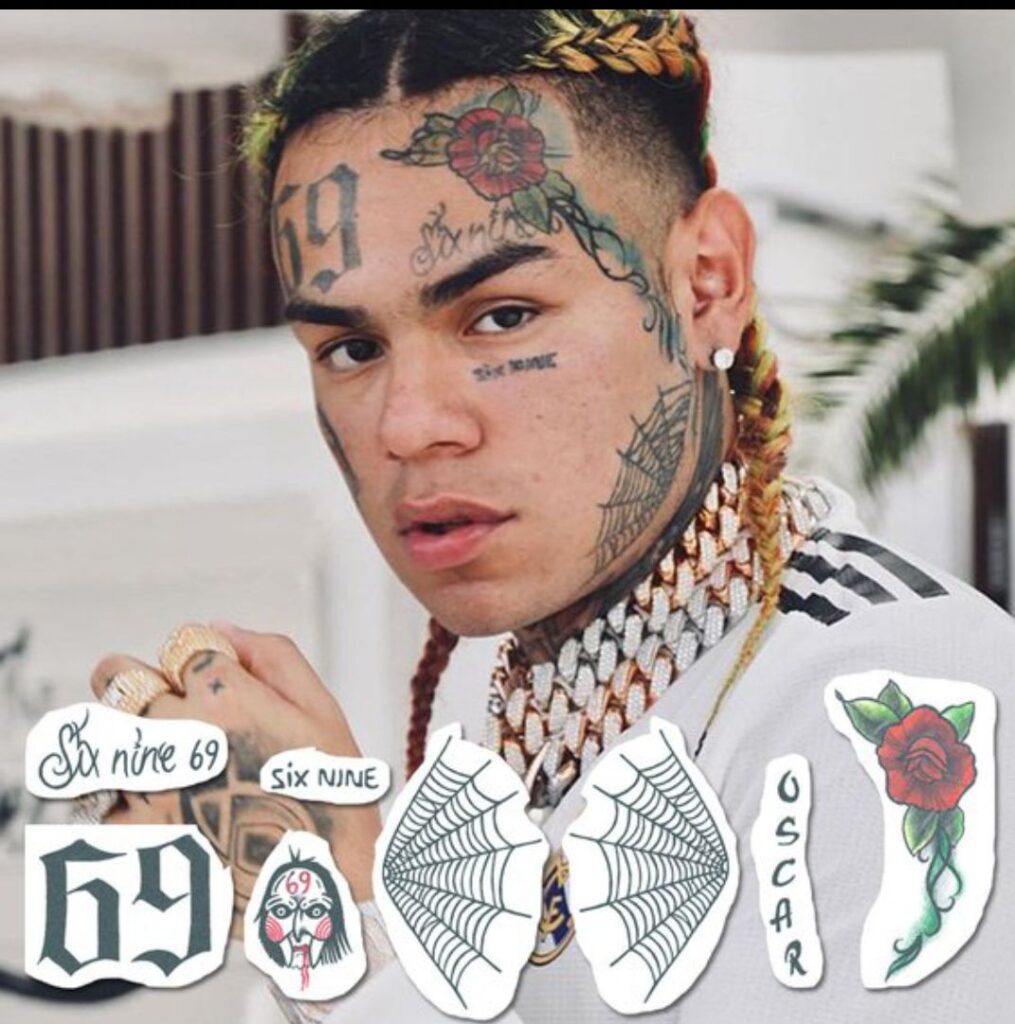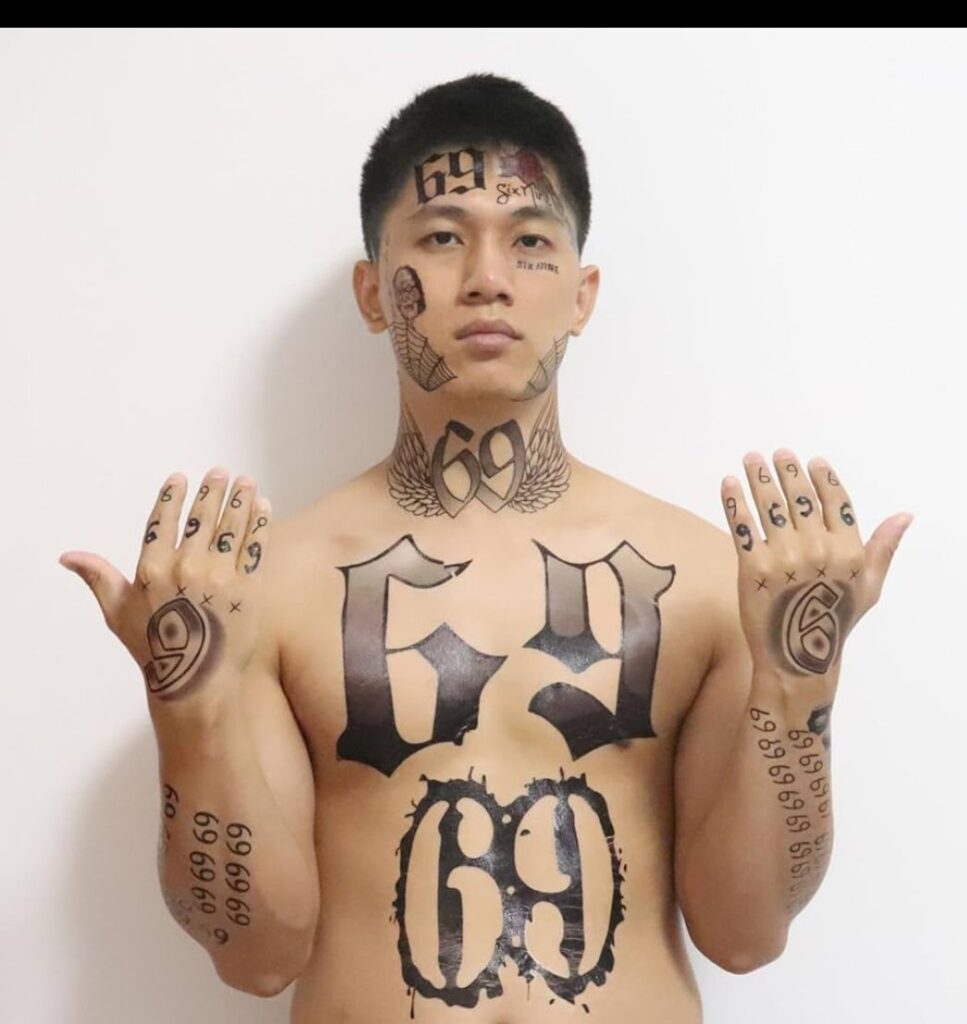
Step into the world of the “69” tattoo—a design that’s both playful and profound. These images showcase a range of styles: from temporary face tattoos echoing Tekashi 6ix9ine’s iconic ink, to minimalist “69” number designs placed on skin with subtle precision or bold aesthetic flair.
—
What Does the “69” Tattoo Mean?
The symbolism behind the “69” tattoo has evolved considerably:

1. Yin–Yang, Balance & Harmony
The design visually echoes the yin–yang concept, symbolizing the harmonious blend of opposing energies—masculine and feminine, light and dark—creating a yin-yang of unity.
In numerology, the number 69 is often associated with balance, enlightenment, and spiritual harmony.
2. The Sexual Connotation
Traditionally, “69” refers to a mutual act of intimacy. Tattoos featuring this number can serve as an expression of sexuality, sensuality, and personal liberation.
Today, many prefer the symbolic undertones of unity or humor, rather than purely erotic meaning.
3. Astrology: Cancer Connection
The symbol is also associated with the Cancer zodiac sign (♋). For Cancers, this tattoo can hold astrological meaning—representing traits like nurturing, emotional depth, and intuition.
4. Cultural & Pop-Cultural Influence
Rising to prominence in the 1960s as a symbol of rebellion and counterculture, “69” continued evolving through music, fashion, and personal expression.
The rapper Tekashi 6ix9ine has numerous “69” tattoos, turning the number into a powerful personal and brand symbol—and inspiring fans to adopt it themselves.
Popular culture, including tattoos by artists like JonBoy and the frequent use of the hashtag #69tattoo on Instagram, has helped propel its widespread recognition.
5. Unique Personal Meanings
Beyond traditional interpretations, some individuals choose “69” to mark significant dates, initials, or intimate bonds—infusing it with personal narrative and meaning.
It can also symbolize communal connections or shared experiences, such as solidarity within subcultures or remembrance of transformative events.
Leave a Reply